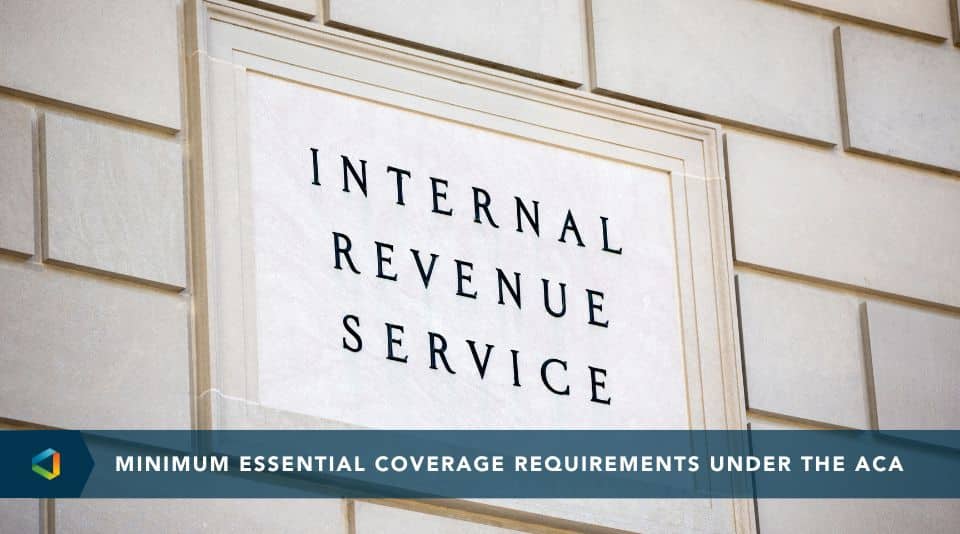As we get closer to the January 1, 2014 implementation date for the Patient Protection and Affordable Care Act (PPACA), we are starting to see more and more discussion about what impact the new law is going to have on costs. We know from government estimates that the new law is forecasted to cost $1.165 trillion over the next decade. What is included and excluded in the projections of costs will be debated by policy wonks and pundits alike for years to come. What has been less publicized is the cost to employer plans and to individuals buying insurance coverage on January 1 and beyond.
On March 23, 2010, the Patient Protection and Affordable Care Act was passed with two primary intentions –
- Reduce the number of uninsured – estimated to be 47 million people (or 15% of the population)
- Slow the rate of healthcare costs
Let’s review the first objective of reducing the number of uninsured, and look to the second piece in this series for more information on the costs associated with PPACA implementation.
Reduce the number of uninsured:
Let’s look at the number of uninsured. It is difficult to forecast the actual breakdown but here are some general categories:
- 12 million with affordable care options (26%)
- 10 million eligible for government programs, which either are unaware or elect not to sign up (20%)
- 9 million making more than $75k who chose not to be covered (19%)
- 6 million who are eligible for employer sponsored health coverage but decline (13%)
- 5 million legal immigrants who do not elect coverage (11%)
- 5 million illegal immigrants who are not eligible for coverage (11%)
How will this population respond? How can anyone predict with any certainty? To understand potential buying decisions, we need to know how much the penalty is for not purchasing coverage and what the cost of coverage will be. For 2014, the individual penalty is $95. This amount is capped at 300% of the flat dollar amount. The maximum a family would pay is $285 in year one.
The unknown variable is the cost of Exchange coverage. By most accounts, the required benefit level offered via a State or Federal Exchange will have a minimum benefit level that exceeds the majority of benefit levels currently purchased in the individual market. Let’s assume a single rate may range between $300 to $600 per month or $3,600 to $5,000 per year. If I qualify for a federal subsidy, the maximum I will pay for coverage will be 9.0 % of income. If I make $25,000, I would pay no more than $2,250 per year for coverage. Will paying $95 or $2,250 cause me to make a different decision in 2014 versus today? If I have significant health issues or previously couldn’t qualify for insurance due to a pre-existing condition then I might have the incentive to purchase insurance. But, if I am healthy and had previously made the decision to not purchase insurance, wouldn’t I just pay the $95 and continue as is?
How about the population that is currently eligible for government programs already? Why are they not covered? Are they not aware of their eligibility? Possibly. Are there barriers to coverage (e.g. language, travel, religion etc.) that prevent access? The regulations require States to develop a navigator program aimed at reaching out to this population. How much impact will these programs have on increasing access? It is anybody’s guess.
Finally, the Congressional Budget Office just released a revised forecast due to this year’s tax cuts whereby they expect 7 million people will lose their job-based insurance. Wouldn’t some of these 7 million, who may be healthy or not eligible for federal subsidy, decide to pay the relatively minor penalty? Doesn’t this potentially increase the uninsured pool candidates?
New regulations, many of which are still being crafted, will change the insurance marketplace forever. As with any new policy, there will be intended and unintended consequences to this overhaul.
Consider the marketplace. There are an estimated 300 million residents of the United States (excluding estimates for illegal immigrants). The number of buying decisions made by both employers and individuals and in turn impacted by individual state decisions will be staggering. Accurately forecasting the market forces and ultimately the success or failure of PPACA against its stated goals is much more an art than a science.




